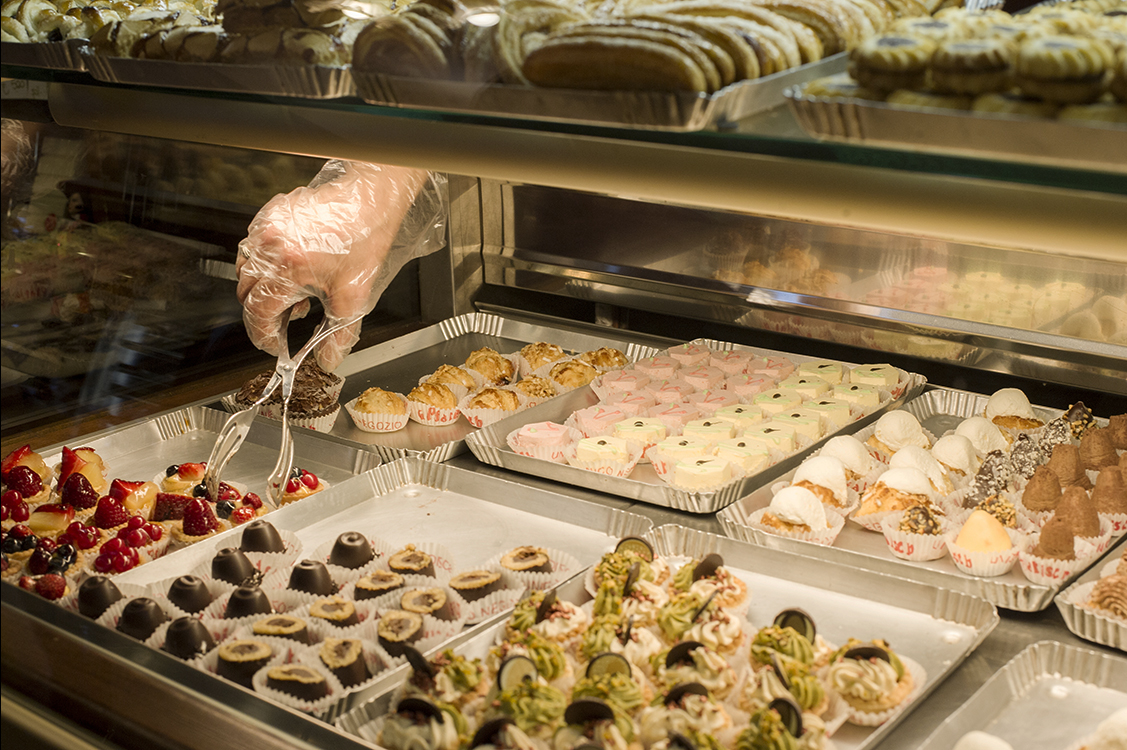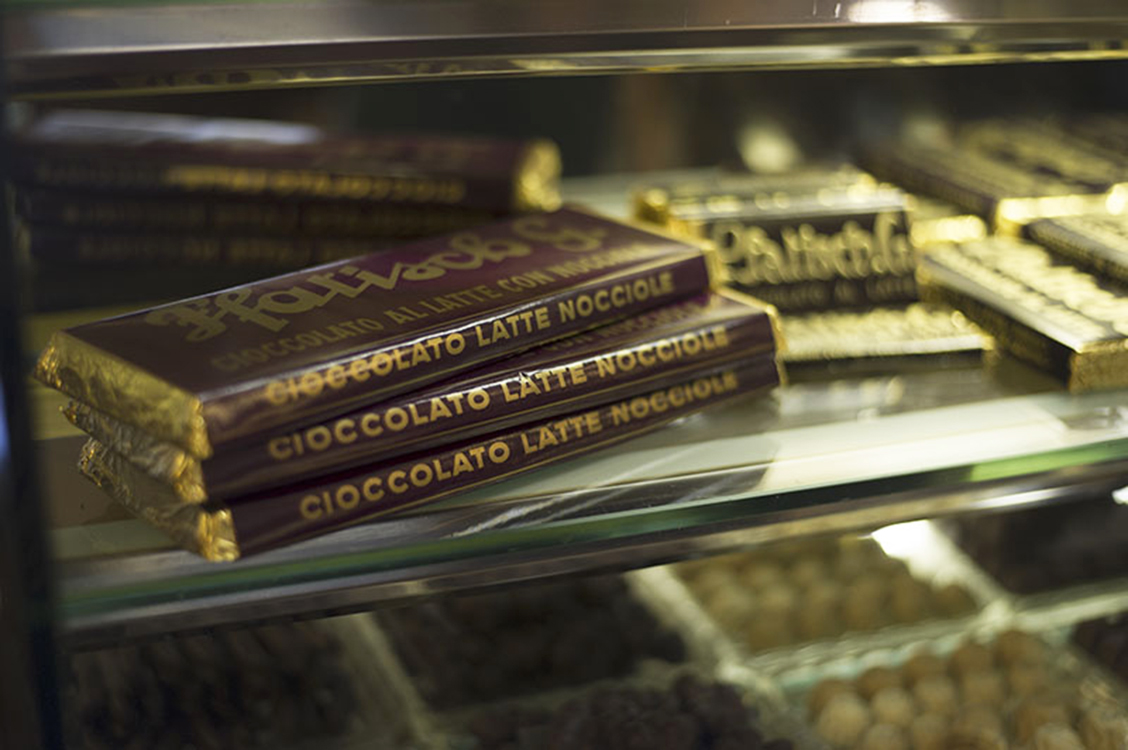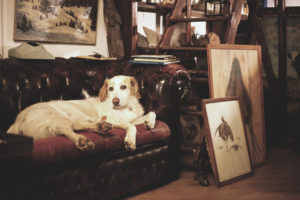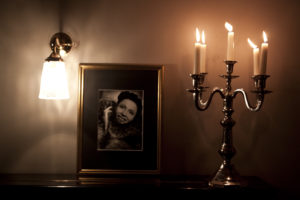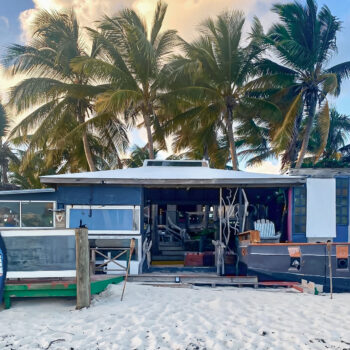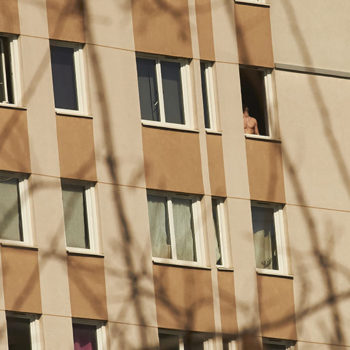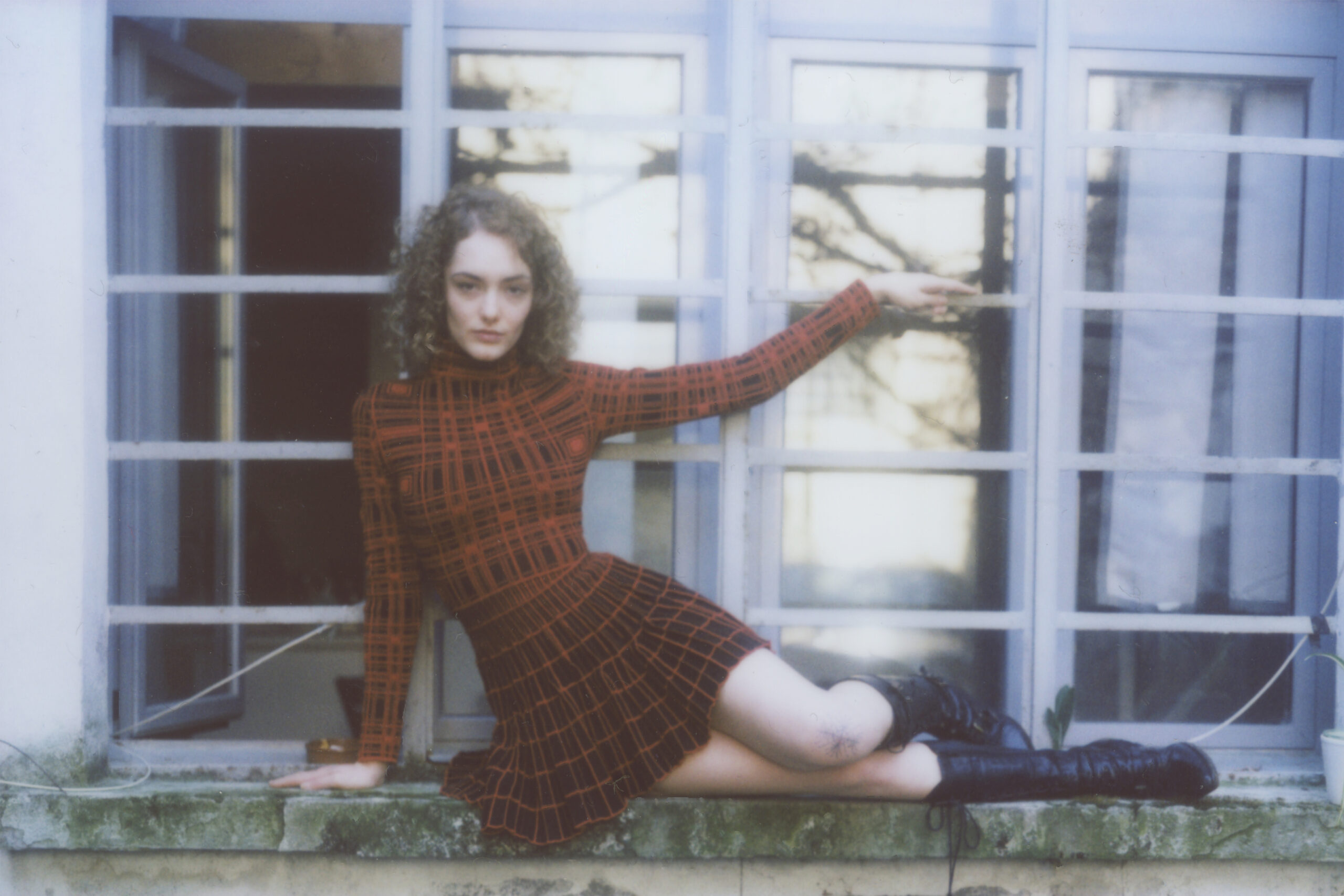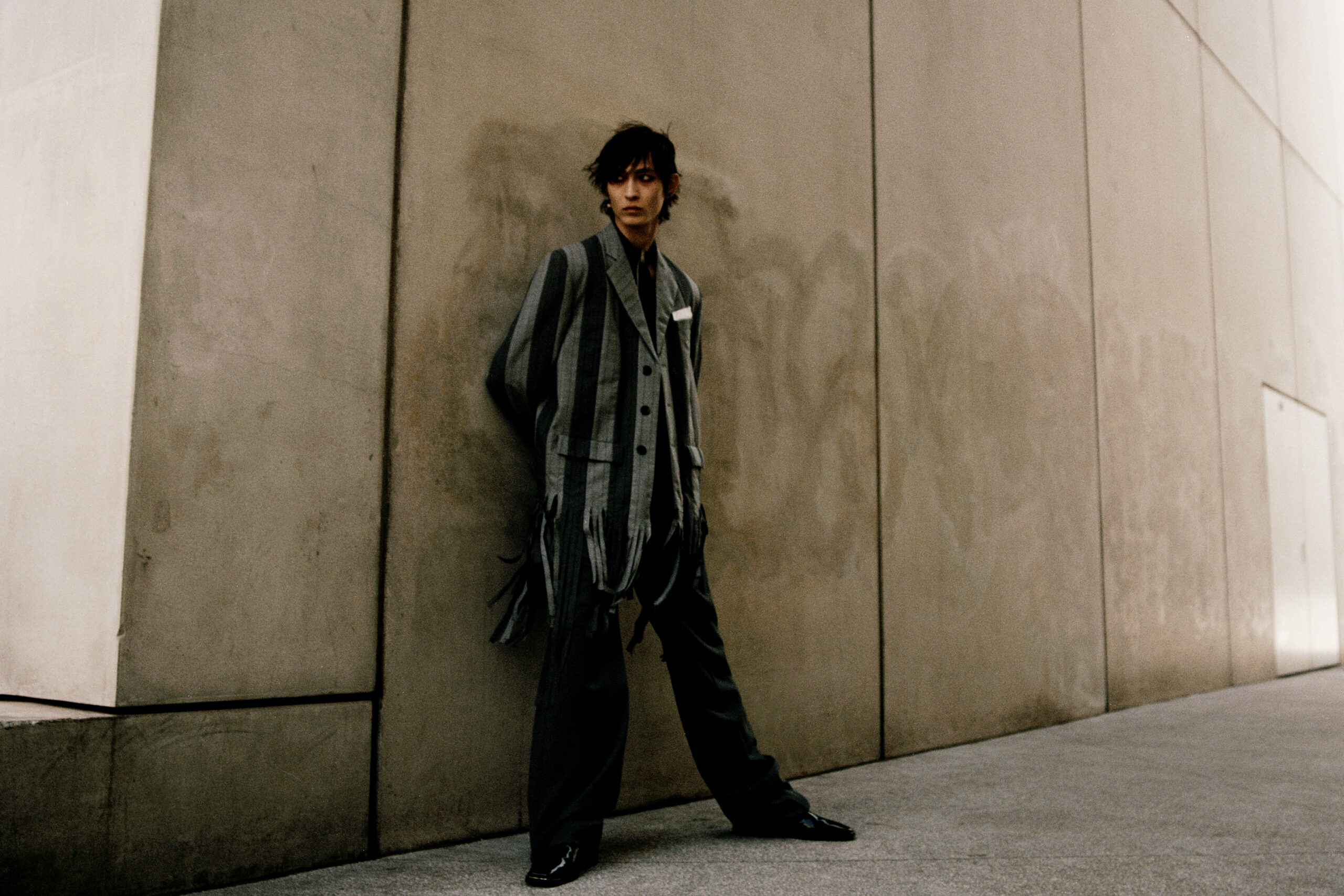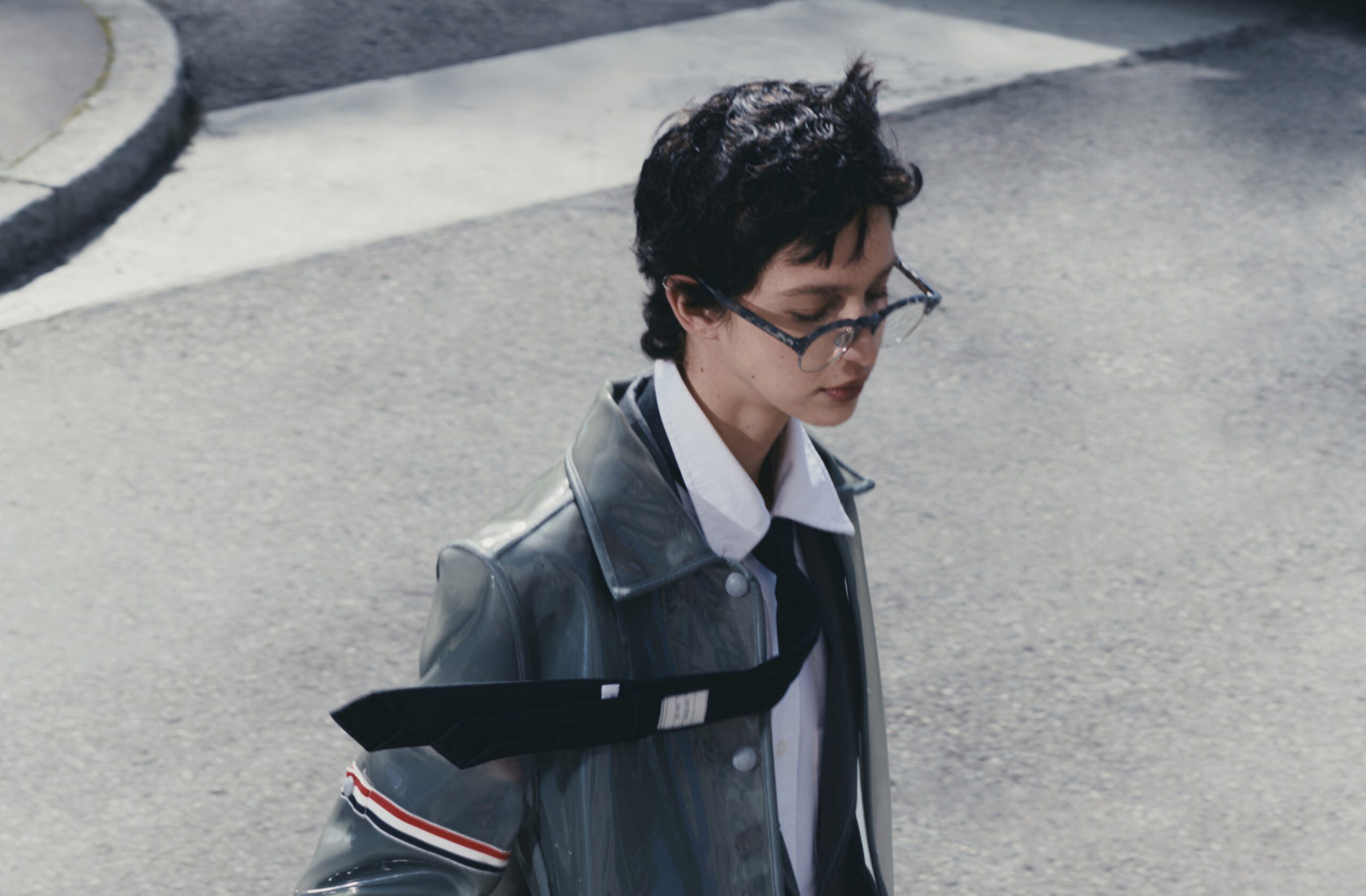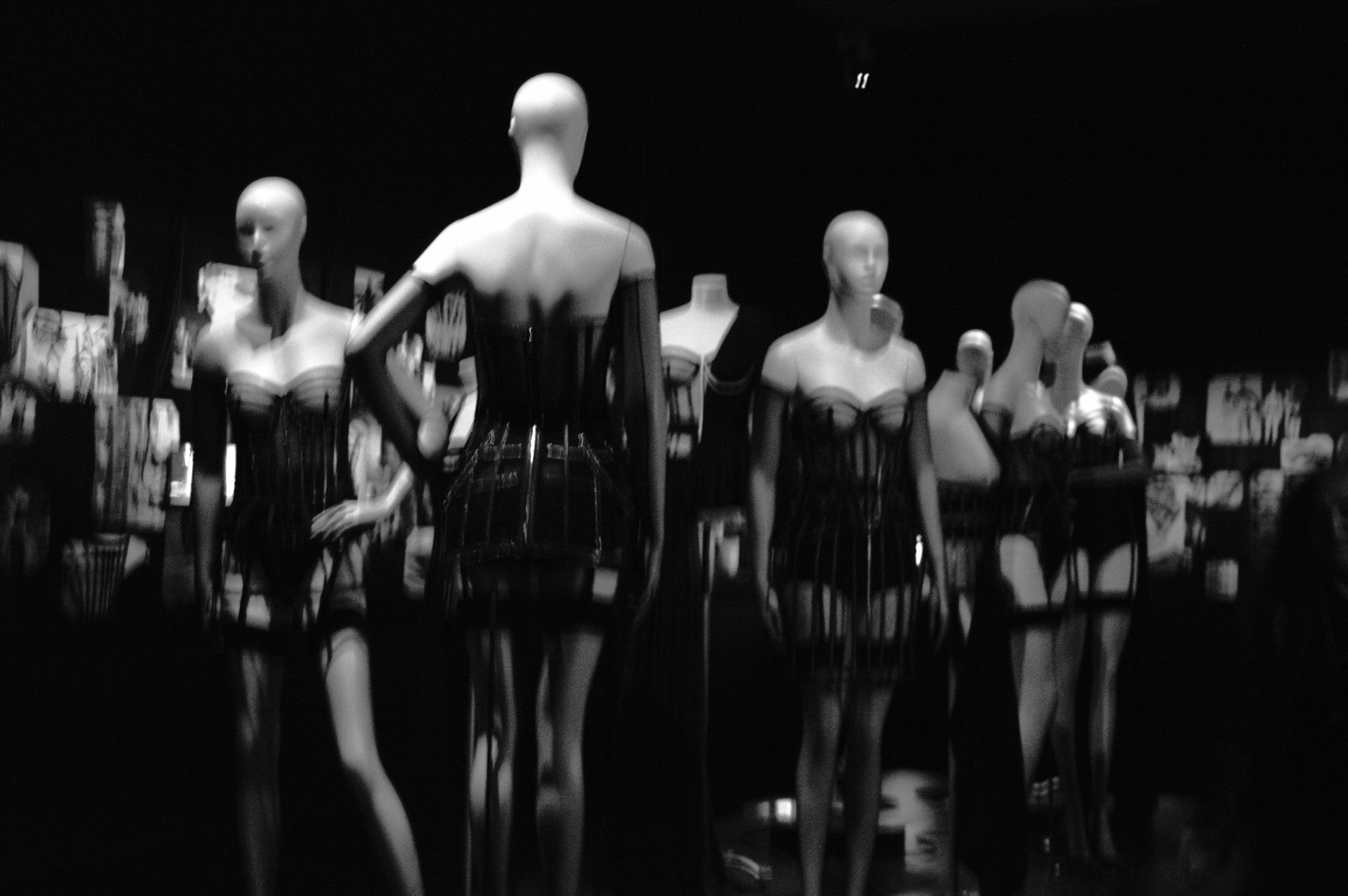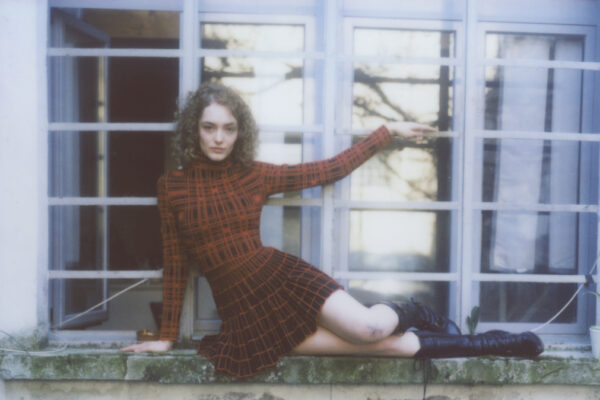by VIOLETTA STURIALE
photography ALICE GUARINI
Marco Ferraris, chocolate maker and owner of the historical pastry shop Pfatisch, answers a few questions about Turin’s most popular destination for dessert.
How was Pfatisch born?
Our doors first opened in 1921 thanks to Gustavo Pfatisch, renowned Italian chocolate maker with bavarian origins. He started with a smaller shop in the city, and shortly after settled in the current location.
He was a true chocolate maker. He made his own chocolate—from selecting cacao beans to the finished product.
Are there any delicacies from his time that are still produced today?
Pfatisch had his own factory, located in the basement of the shop. The machinery included a roaster, a granite mixer, a special refiner and four large bowls where the chocolate would be refined a second time for 72 hours.
That factory doesn’t exist anymore. However, our chocolate production continues in our confectionery laboratory using the same technique. We make gianduiotti—which are made with cacao and hazelnuts—soft macaroons, pralines, chocolate bars and chocolate spreads.
After World War II our candy makers came up with new recipes for cakes, such as the chocolate meringue cake and the Festivo—our own creation and best-seller. It was my father who created the Festivo, a cake with two rings of meringues stuffed with different types of chocolate and chantilly cream. The whole thing is then enclosed in chocolate puff pastry. The realization of the Festivo is possible thanks to a granite machinery dating back to 1800, and the cake wouldn’t be the same with modern equipments.
What has made Pfatisch so cherished in the city over the years?
The preparation of our products is still the same. Take the marron glacé, for example: we make a selection of the best chestnuts from the nearby town of Villarfocchiardo, they are boiled and peeled for hours, and then candied for 8 days.
This is our way of being different from other pastry shops—we care about our origins and tradition.
One of the most cherished characteristic of our products is the packaging of Pfatish’s chocolate bars. The wrapping is still the same since the 20s. Recently, we tried to innovate it but our regular customers told us that a bit of our magic was gone. So we decided to maintain the original wrapping, with golden embossing.
Pfatish is indeed a herald to authenticity and a certain nostalgia. It is evident in the shop’s décor and storefront. Can you tell us more about that?
The store was designed according to the Art Déco fashion, which was fascinating when Pfatisch opened and is still extraordinary today.
The storefront is framed by Italian walnut boards, and enriched by onyx inlay. The shop name is made of large bronze letters, and the lower portion is covered in marble from the Alps.
Pfatish’s interior design remains unchanged since the store’s opening, and it matches the exterior with wooden panel walls and a large mirror. The counter’s marble top is surmounted by two Murano chandeliers from the early 1900.
Our shop has been named a historical landmark—it’s a place that hasn’t been changed by modernization, nor wars, nor trends.
Pfatisch is located at via Paolo Sacchi 42, Turin.


